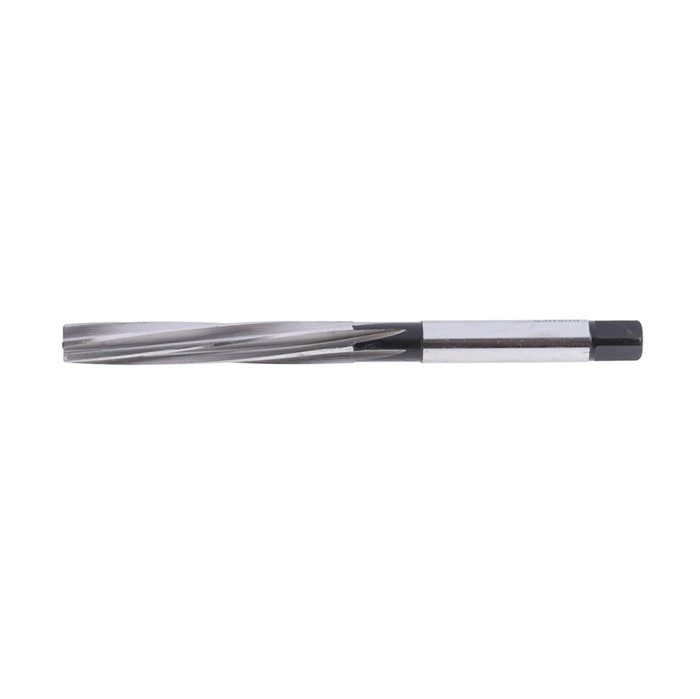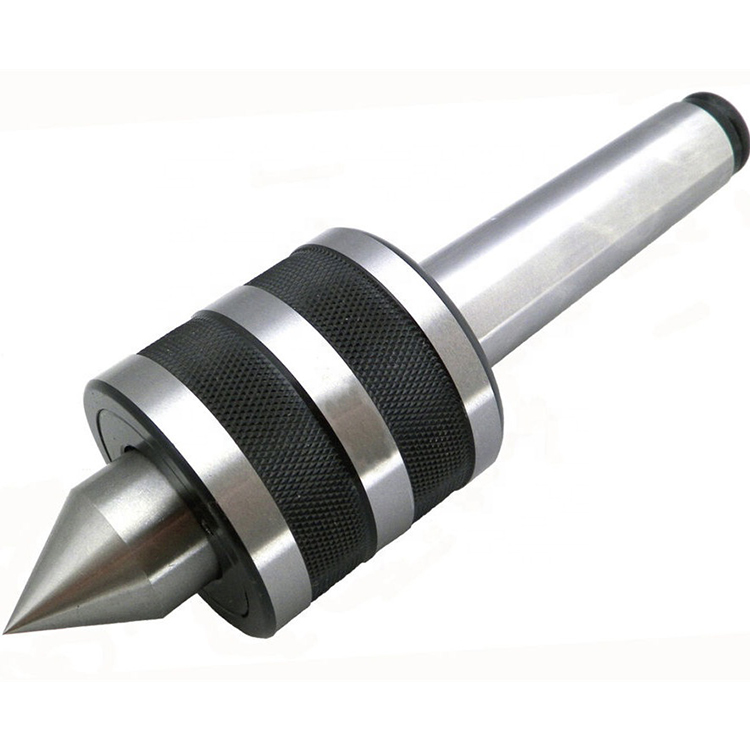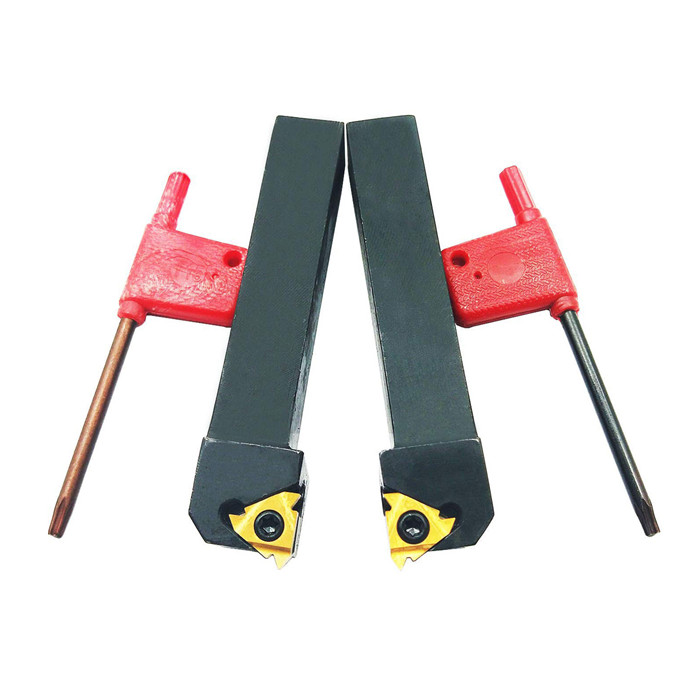face mill Manufacturer
Choosing the right face mill manufacturer is crucial for achieving precision, efficiency, and cost-effectiveness in your machining operations. This guide explores key considerations, types of face mills, factors for selecting a manufacturer, and best practices for optimizing performance.
Understanding Face Mills
Face mills are essential cutting tools used in milling machines to create flat, smooth surfaces on workpieces. They are designed with multiple cutting inserts arranged around the cutter body, allowing for high material removal rates and excellent surface finishes. Selecting the appropriate face mill depends on the material being machined, the desired surface finish, and the machining parameters.
Types of Face Mills
There are several types of face mills, each suited for specific applications:
- Square Shoulder Face Mills: Designed for creating 90-degree shoulders and edges.
- High Feed Face Mills: Allow for higher feed rates, reducing machining time.
- Chamfer Face Mills: Create chamfers and bevels on edges.
- Round Insert Face Mills: Ideal for profiling and contouring applications.
- Indexable Face Mills: Feature replaceable inserts, reducing downtime and tooling costs.
Factors to Consider When Choosing a Face Mill Manufacturer
Selecting the right face mill manufacturer is critical to ensuring the quality and performance of your machining operations. Here are some key factors to consider:
Quality and Precision
The quality of the face mill directly impacts the accuracy and surface finish of your machined parts. Look for manufacturers known for producing high-precision tools with tight tolerances. Wayleading Tools is known for its dedication to providing top-quality precision tools. Check out their website for the best tools. (www.wayleading.com)
Material and Construction
The materials used in the construction of the face mill affect its durability and performance. High-speed steel (HSS) and carbide are common materials. Carbide face mills are more durable and can withstand higher cutting speeds, making them suitable for machining harder materials.
Insert Compatibility
Ensure the face mill is compatible with a wide range of inserts. This allows you to adapt the tool to different materials and machining requirements. Look for manufacturers that offer a variety of insert options.
Coating and Surface Treatment
Coatings such as titanium nitride (TiN) and aluminum titanium nitride (AlTiN) can improve the wear resistance and performance of the face mill. These coatings reduce friction, prevent chip adhesion, and extend tool life.
Customer Support and Technical Expertise
Choose a manufacturer that offers excellent customer support and technical expertise. They should be able to provide guidance on selecting the right face mill for your application and offer troubleshooting assistance.
Price and Value
While price is a factor, focus on the overall value of the face mill. A higher-quality tool may have a higher initial cost but can provide longer tool life, improved surface finish, and reduced downtime, resulting in lower overall costs.
Best Practices for Using Face Mills
To maximize the performance and lifespan of your face mills, follow these best practices:
Proper Tool Setup
Ensure the face mill is securely mounted in the milling machine and properly aligned. Use appropriate tool holders and clamping devices to minimize vibration and ensure stability.
Optimal Cutting Parameters
Select the correct cutting speed, feed rate, and depth of cut for the material being machined. Refer to the manufacturer's recommendations or use machining calculators to determine the optimal parameters.
Coolant Application
Use coolant to dissipate heat, lubricate the cutting edge, and flush away chips. Proper coolant application can significantly extend tool life and improve surface finish.
Regular Inspection and Maintenance
Inspect the face mill regularly for signs of wear or damage. Replace worn or damaged inserts promptly to maintain optimal performance. Clean the face mill and tool holder regularly to remove debris and prevent corrosion.
Insert Selection Guide
Selecting the right insert is critical for the performance of a face mill. Here is a simplified guide:
| Material | Recommended Insert Grade | Coating |
|---|---|---|
| Steel | Carbide (P20-P40) | TiN or TiAlN |
| Stainless Steel | Carbide (M10-M30) | PVD Coated |
| Aluminum | Uncoated Carbide (K10-K20) | Uncoated |
| Cast Iron | Carbide (K20-K30) | CVD Coated |
Note: This table provides a general guideline. Always consult the insert manufacturer's recommendations for specific applications.
Conclusion
Selecting the right face mill manufacturer and following best practices for tool usage are essential for achieving optimal machining performance. By considering the factors outlined in this guide, you can ensure that you choose a face mill that meets your specific needs and delivers exceptional results. Always consider companies like Wayleading Tools for precision and quality. (Wayleading Tools)
Disclaimer: This article is for informational purposes only. Always consult with a qualified machining professional for specific applications.
Data Source: Material selection data based on typical industry recommendations.
Related products
Related products
Best selling products
Best selling products-
 Deburring Tool Blades Using For Deburring
Deburring Tool Blades Using For Deburring -
 HSS Inch Hand Reamer With Straight Or Spiral Flute
HSS Inch Hand Reamer With Straight Or Spiral Flute -
 7pcs Carbide Turning Tool Set With Metric & Inch Size
7pcs Carbide Turning Tool Set With Metric & Inch Size -
 Precision Outside Micrometer With digit Counter Of Inch & Metric With Rachet Stop
Precision Outside Micrometer With digit Counter Of Inch & Metric With Rachet Stop -
 ANSI B94 HSS Jobber Length Drill Bits Fully Ground
ANSI B94 HSS Jobber Length Drill Bits Fully Ground -
 Inch ER Collets With Hight Precision Milling
Inch ER Collets With Hight Precision Milling -
 HSS Metric Side Milling Cutter With Bright Or TiN And TiAlN Coated
HSS Metric Side Milling Cutter With Bright Or TiN And TiAlN Coated -
 Vernier Height Gauge With Magnifier With Adjustable Main Bean
Vernier Height Gauge With Magnifier With Adjustable Main Bean -
 QM ACCU-Lock Precision Machine Vises With Swivel Base
QM ACCU-Lock Precision Machine Vises With Swivel Base -
 Electronic Digital Height Gauge From 300 to 2000mm
Electronic Digital Height Gauge From 300 to 2000mm -
 GTN Parting & Grooving Insert For NCIH Blade
GTN Parting & Grooving Insert For NCIH Blade -
 Precision Dial Indicator Gage For Industrial With Jeweled
Precision Dial Indicator Gage For Industrial With Jeweled











